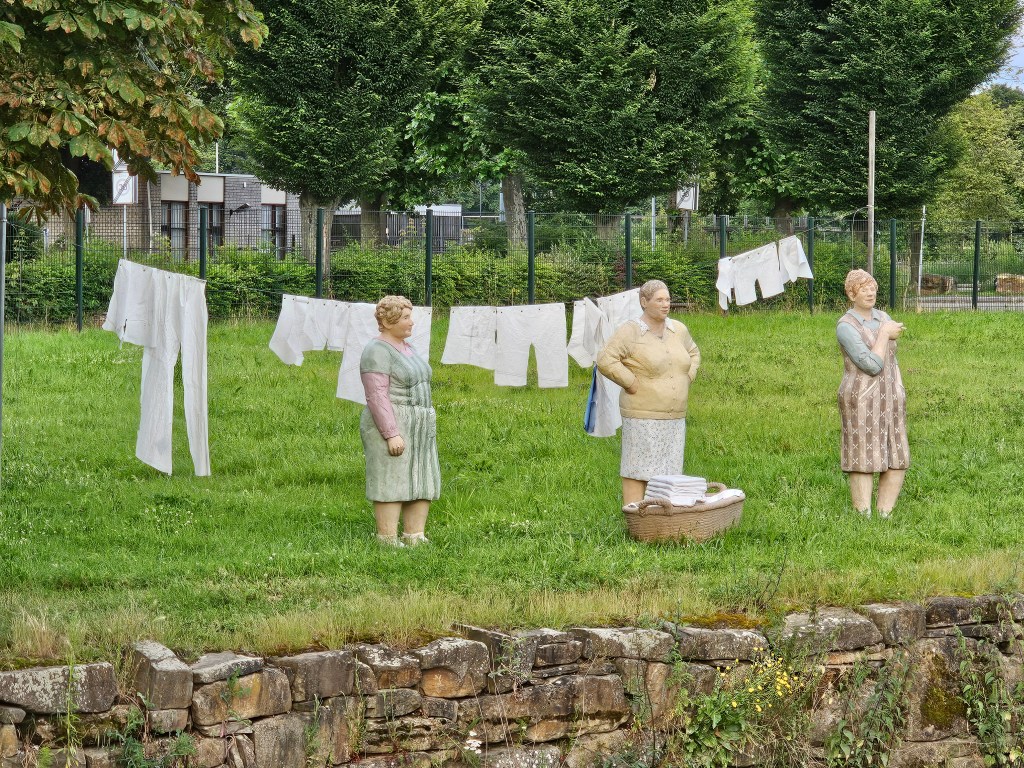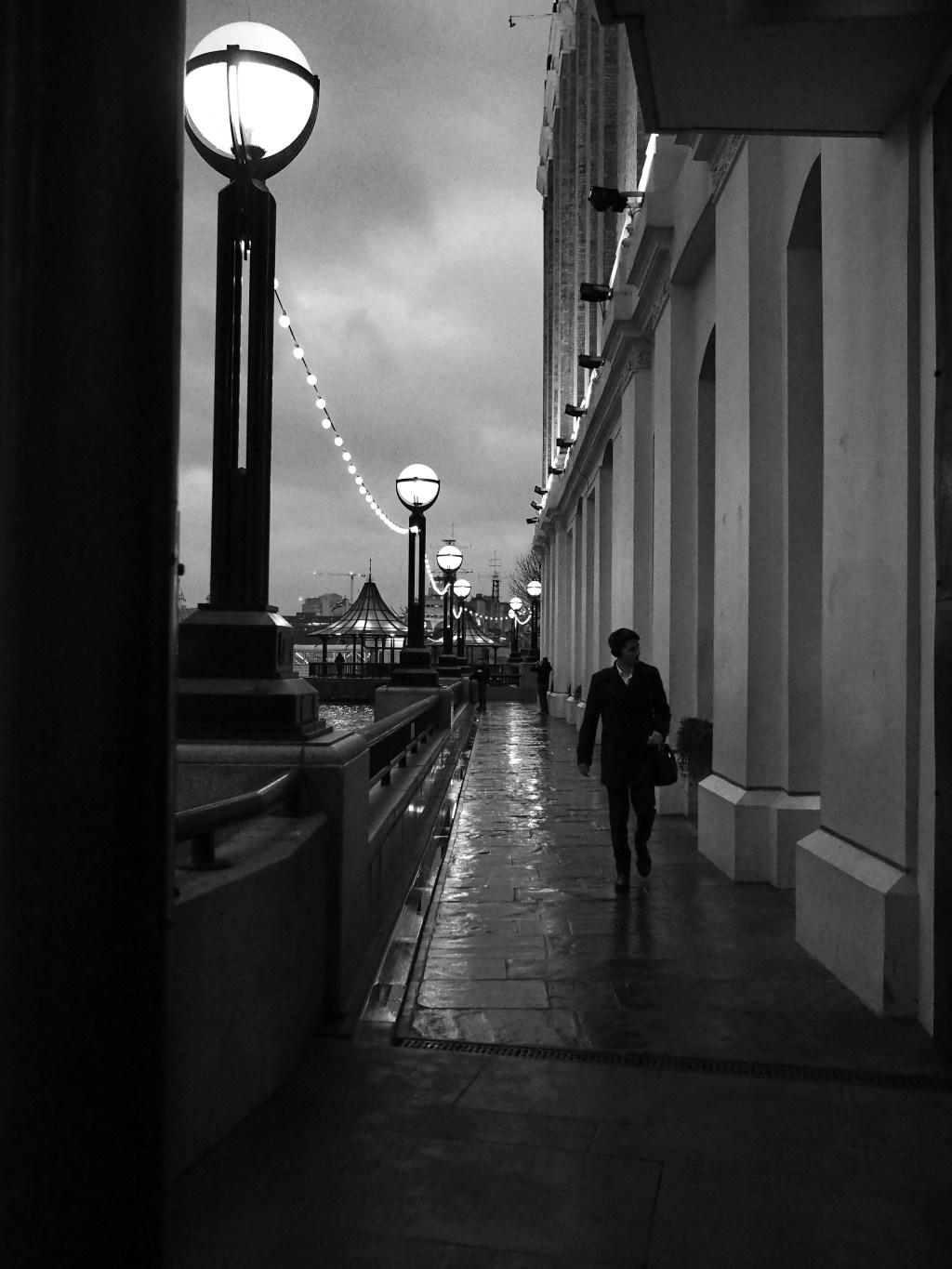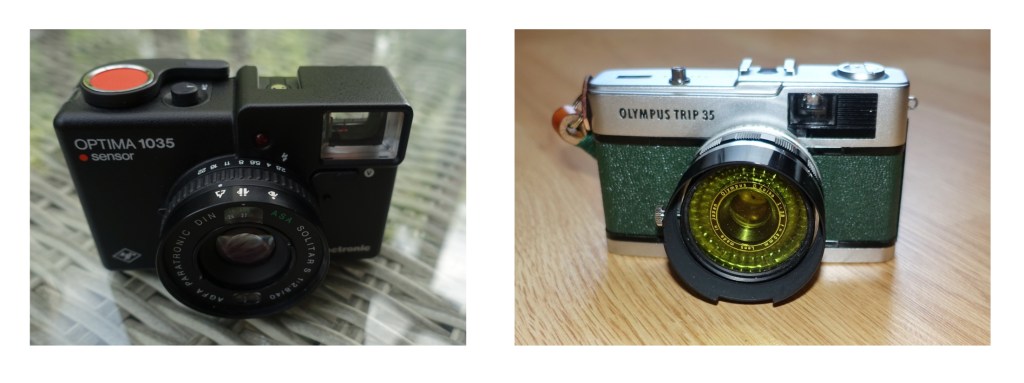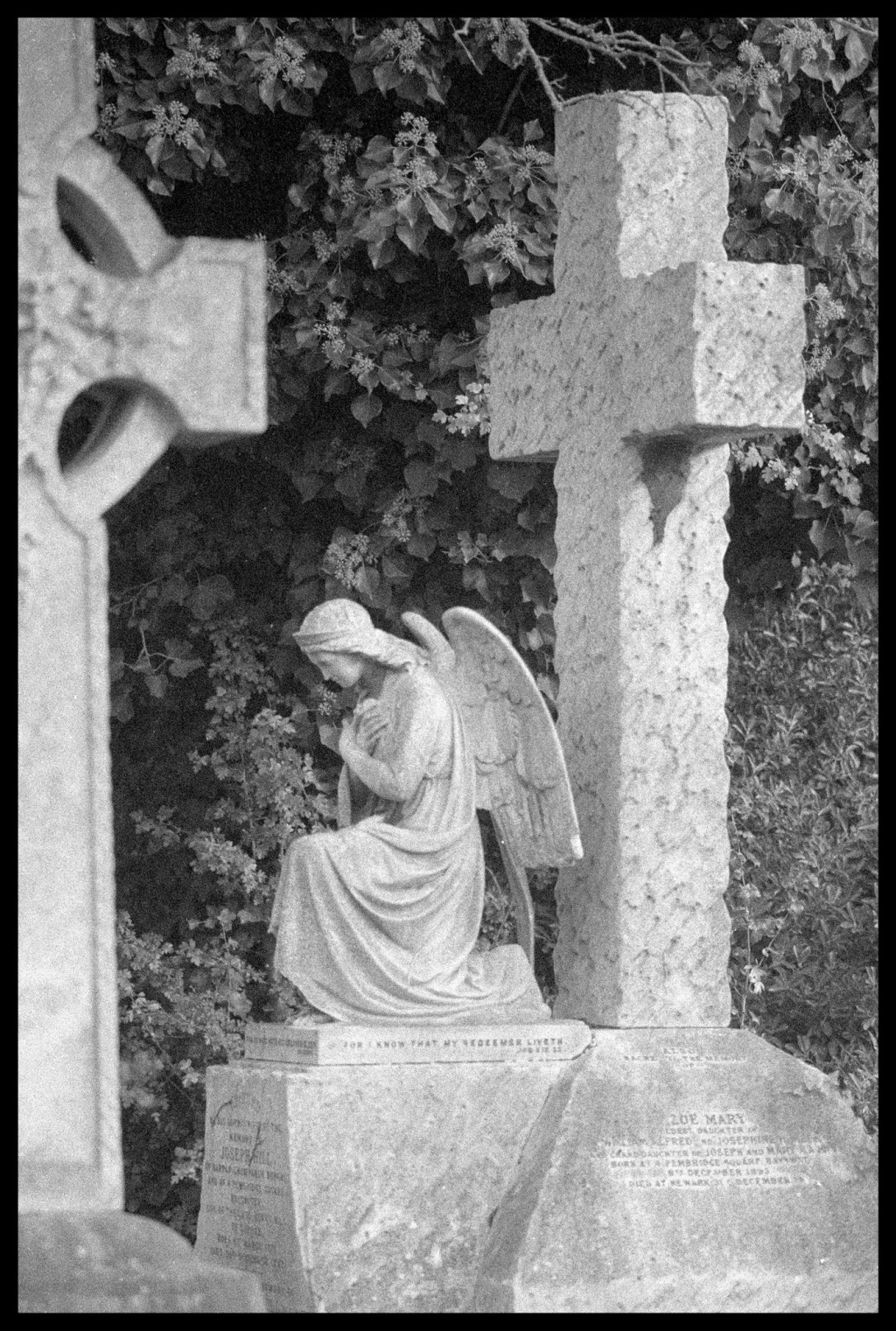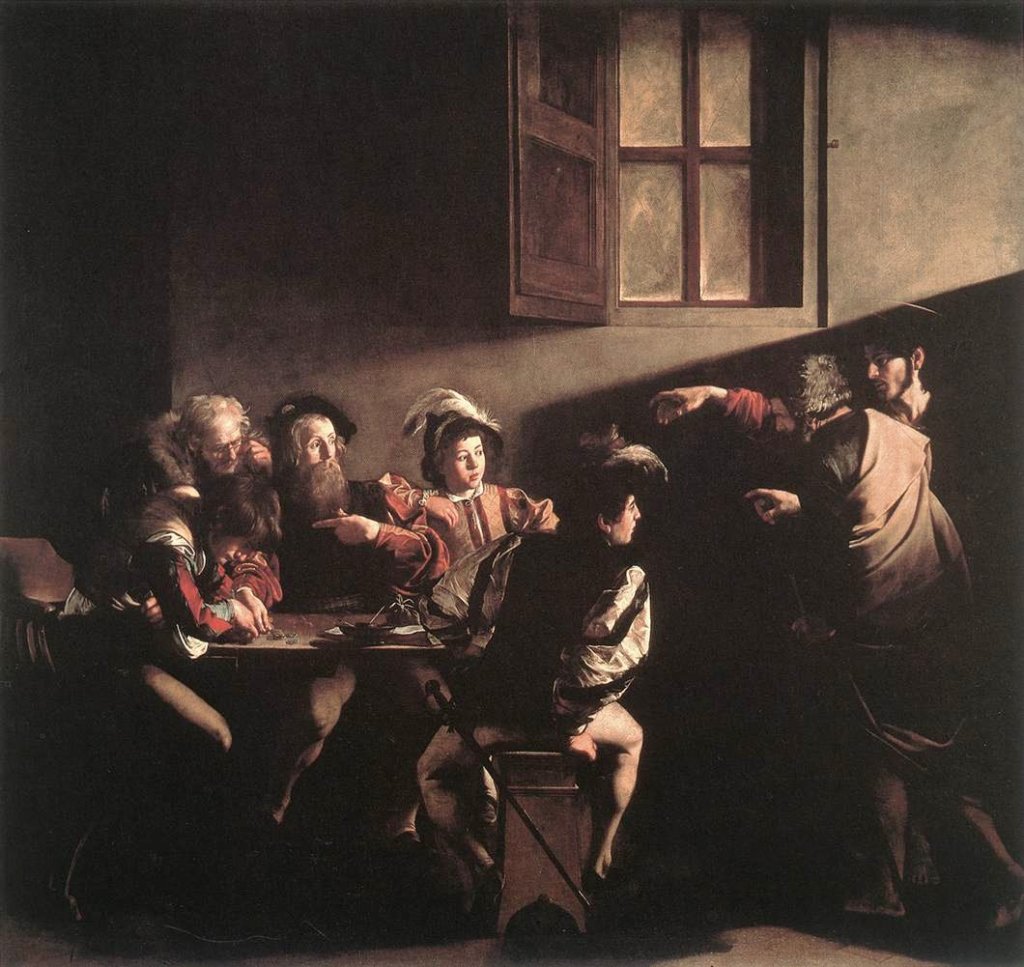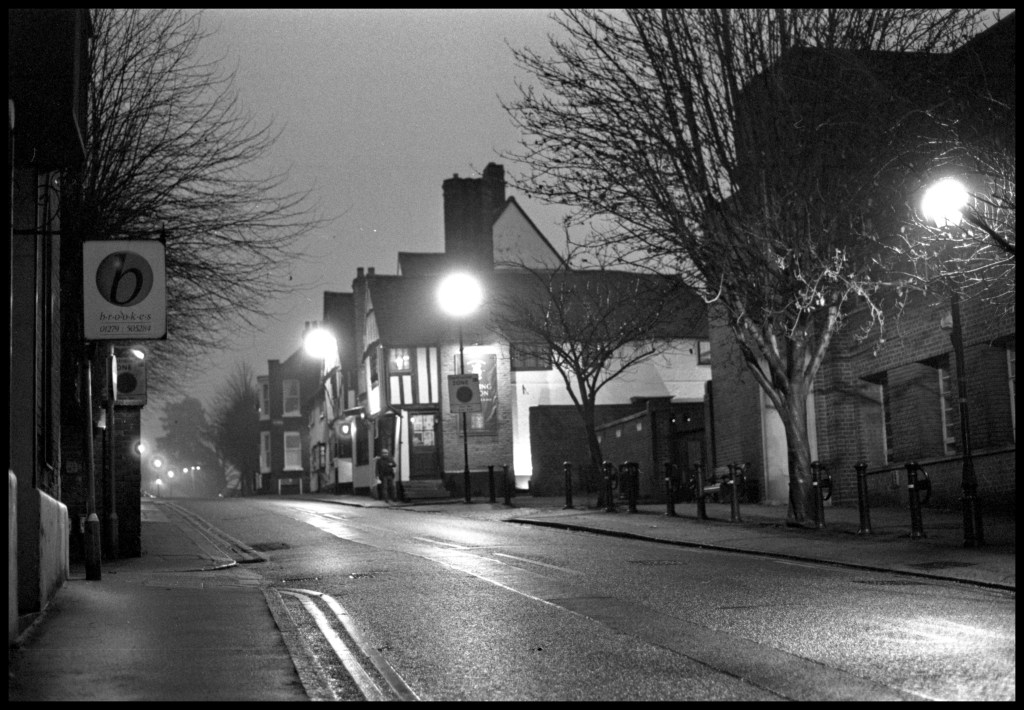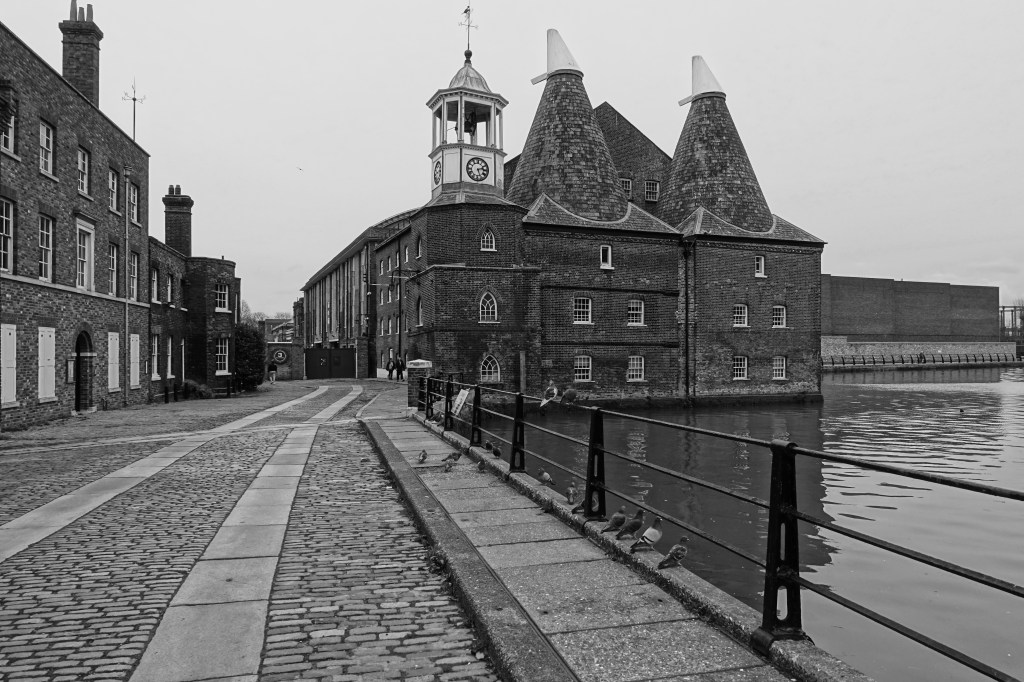I’m Nick Ambrose and am a retired amateur photographer and love travelling.
Please feel free to view my blog posts.
My preferred styles of photography are Street, Architecture, Landscape and Travel.
I’m Nick Ambrose and am a retired amateur photographer and love travelling.
Please feel free to view my blog posts.
My preferred styles of photography are Street, Architecture, Landscape and Travel.
